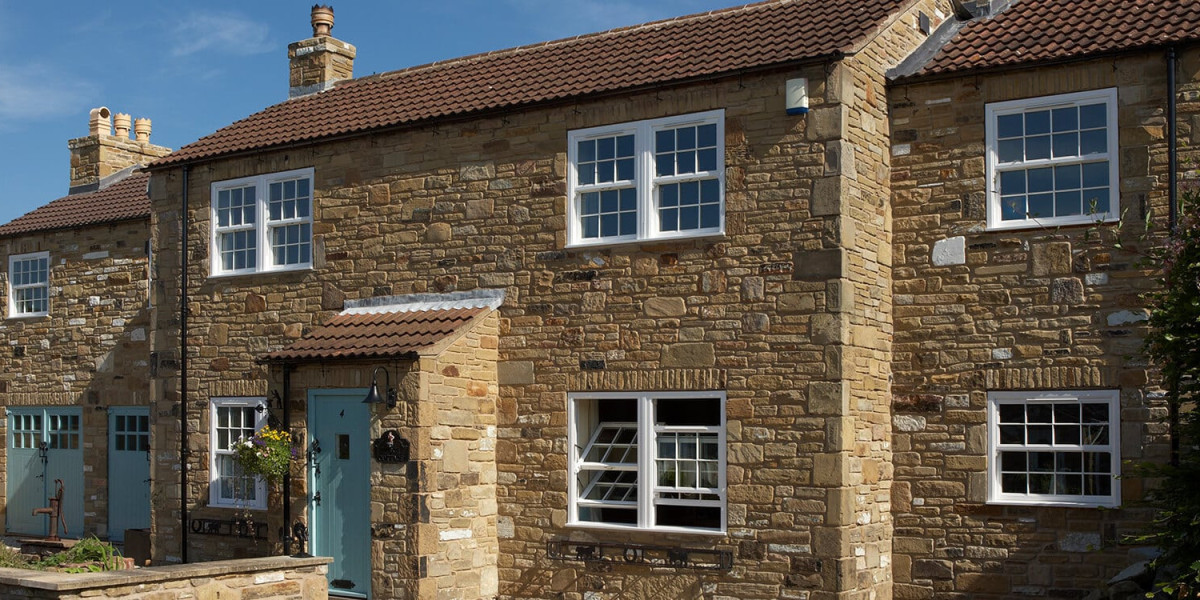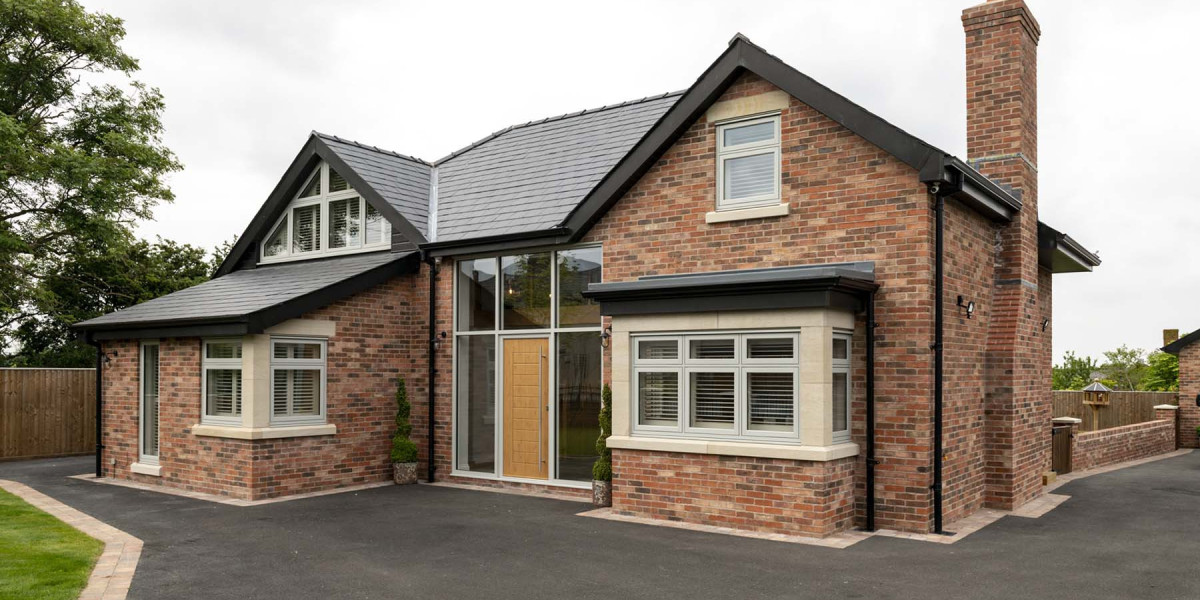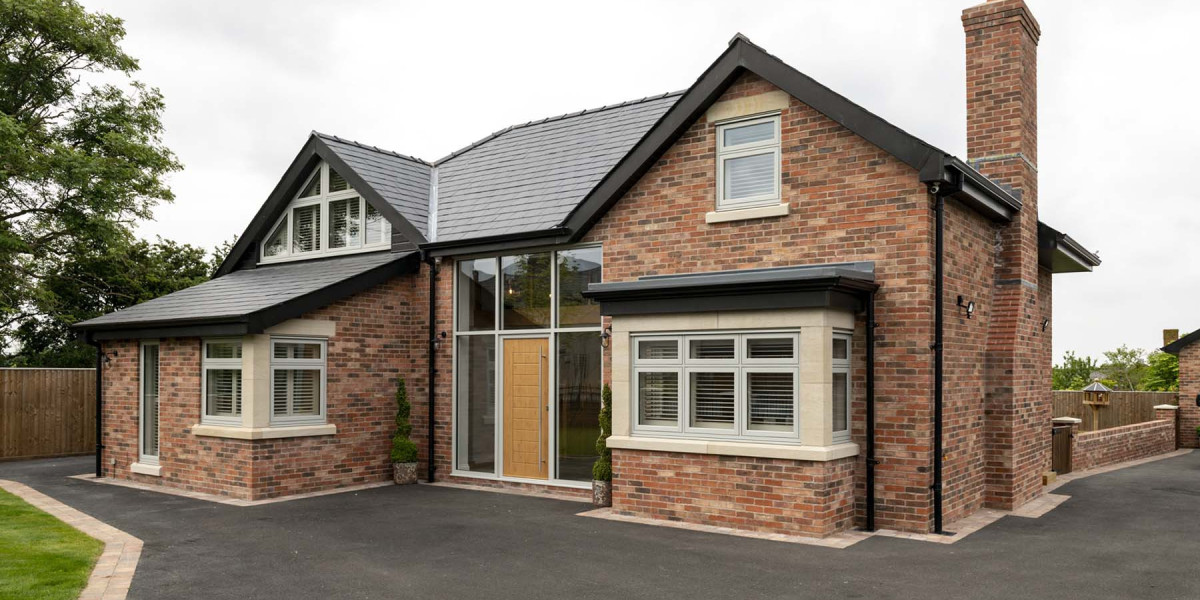Double glazing, a popular choice for windows and doors in residential and commercial buildings, has gained significant attention over the years due to its numerous advantages in energy efficiency, noise reduction, and overall comfort. This article delves into the mechanisms of double glazing, its benefits, and its impact on modern architecture and lifestyle.
Understanding Double Glazing
At its core, double glazing refers to the use of two panes of glass separated by a space filled with air or an inert gas, such as argon. This design creates an insulating barrier that minimizes heat transfer between the interior and exterior of a building. The space between the panes acts as an insulator, reducing the amount of heat that escapes during colder months and limiting the heat that enters during warmer months.
The effectiveness of double glazing is quantified by its U-value, which measures the rate of heat transfer. A lower U-value indicates better insulation. Standard single-pane windows have a U-value of around 5.0, while double-glazed units can achieve U-values as low as 1.2, making them significantly more efficient.
Energy Efficiency
One of the primary benefits of double glazing is its contribution to energy efficiency. By reducing heat loss, double-glazed windows can lead to substantial savings on heating and cooling bills. According to various studies, homes equipped with double glazing can save up to 20% on energy costs compared to those with single-pane windows. This is particularly beneficial in regions with extreme temperatures, where heating and cooling demands are high.
Moreover, the reduced energy consumption associated with double glazing contributes to a lower carbon footprint. As more homeowners and businesses seek sustainable solutions, double glazing emerges as a practical choice that aligns with environmental goals. The implementation of double glazing can significantly reduce the demand for fossil fuels, thereby minimizing greenhouse gas emissions.
Noise Reduction
In addition to thermal insulation, double glazing offers impressive soundproofing capabilities. The space between the two panes of glass acts as a buffer, dampening sound waves and reducing noise pollution from external sources. This is especially advantageous for properties located in busy urban areas, near highways, or in environments with high levels of noise.
Studies have shown that double glazing can reduce external noise by up to 30 decibels, creating a quieter and more peaceful indoor environment. This can enhance the quality of life for residents, providing a sanctuary from the hustle and bustle of daily life. For businesses, reduced noise levels can lead to increased productivity and improved employee well-being.
Condensation Control
Condensation can be a significant issue in buildings, leading to mold growth, structural damage, and health risks. Double glazing helps mitigate this problem by maintaining a more consistent temperature on the interior surface of the glass. Because the inner pane of a double-glazed window is warmer than that of a single-pane window, the likelihood of condensation forming is significantly reduced.
This is particularly important in areas with high humidity levels, such as kitchens and bathrooms. By minimizing condensation, double glazing helps maintain a healthier indoor environment and protects the structural integrity of the building.
Enhanced Security
Double-glazed windows also offer enhanced security features compared to single-pane alternatives. The use of two panes of glass makes it more challenging for potential intruders to break through. Additionally, many double-glazed units are equipped with advanced locking mechanisms and reinforced frames, further increasing their resistance to forced entry.
Homeowners can enjoy peace of mind knowing that their windows provide an added layer of security. This is especially relevant in today’s world, where home security is a growing concern for many.
Aesthetic Appeal
Beyond their practical benefits, double-glazed windows are available in a wide range of styles, shapes, and finishes, allowing homeowners to choose options that complement their architectural design. Whether opting for traditional casement windows or modern sliding doors, double glazing can enhance the visual appeal of a property.
Furthermore, advancements in glass technology have led to the development of low-emissivity (low-E) coatings that improve energy efficiency while allowing natural light to enter. These coatings reflect heat back into the room during winter while keeping the sun’s heat out during summer, making them an attractive and functional choice.
Installation and Maintenance
While the benefits of double glazing are clear, proper installation is crucial to ensure optimal performance. It is essential to engage qualified professionals who understand the intricacies of window installation. Poorly installed double-glazed units can lead to issues such as air leaks, condensation, and reduced thermal performance.
Maintenance of double-glazed windows is relatively straightforward. Regular cleaning of the glass and frames, along with periodic checks for any signs of damage or wear, can help prolong the lifespan of the windows. Most double-glazed units are designed to last for several decades, making them a worthwhile investment.
Conclusion
In conclusion, double glazing presents a myriad of benefits that make it an appealing choice for homeowners and businesses alike. From energy efficiency and noise reduction to enhanced security and aesthetic appeal, the advantages of double glazing are manifold. As the demand for sustainable and comfortable living spaces continues to rise, double glazing stands out as a practical solution that meets the needs of modern architecture and lifestyle.
Investing in double-glazed windows not only contributes to a more energy-efficient and secure environment but also enhances the overall quality of life. As technology advances and new materials are developed, the future of double glazing looks promising, paving the way for even greater innovations in building design and energy efficiency.








